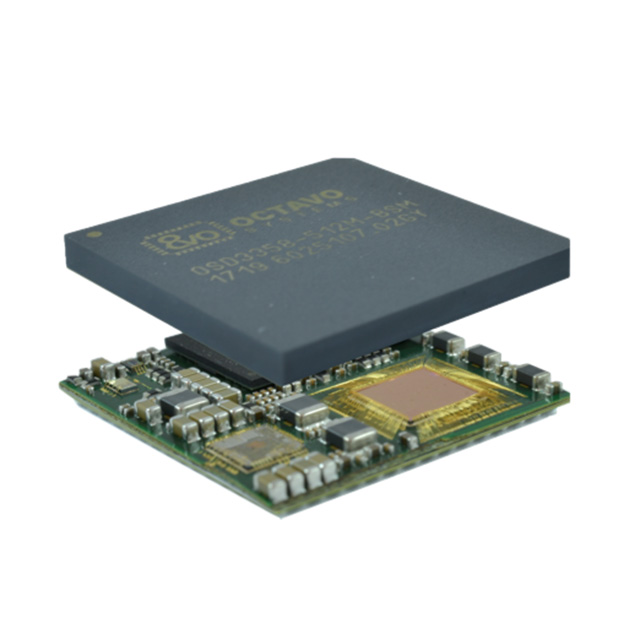

Lemmy, the social network, started off as a leftist hangout spot.
From the perspective of “Open Source developers who are anti-Reddit pro-Fediverse”, it makes a lot of sense for Leftist/Communist and anti-corporation leaning people to hang out.
After all, the more extreme the viewpoint, the more driven to action (ie: write tens-of-thousands of lines of code and release for free) people get. In some regards, its the nature of Open Source + volunteer effort to attract a more extreme ideology. IE: Free Software is driven by ideology, not by money. So you get ideological people, especially when the software is small and niche.
The July 2023 Reddit Blackout was a big challenge for Lemmy’s old community and the new community, as the new community basically “invaded” a large scale leftist hangout spot. But hopefully we all learn to work together and the nature of our neighbors moving forward.
I think anyone here (likely everyone?) is at least on the anti-corporate anti-Reddit side of the discussion. Which is enough of an alliance to keep us together, for now.
It does mean that we’ll have to keep up with the far-left old-timers on this network who wish to push their viewpoints. But they are the legacy and the start of Lemmy in some respects, even as the hypergrowth (starting in July 2023) has moderated the community pretty severely.























I’ve begun to pay for Kagi.com
I wouldn’t say that it “blows my mind” or anything, but simply that it seems to work as expected (which is more than what I can say for Google). There’s also a “Fediverse” button on Kagi.com, so it can search lemmy.world (and more??).